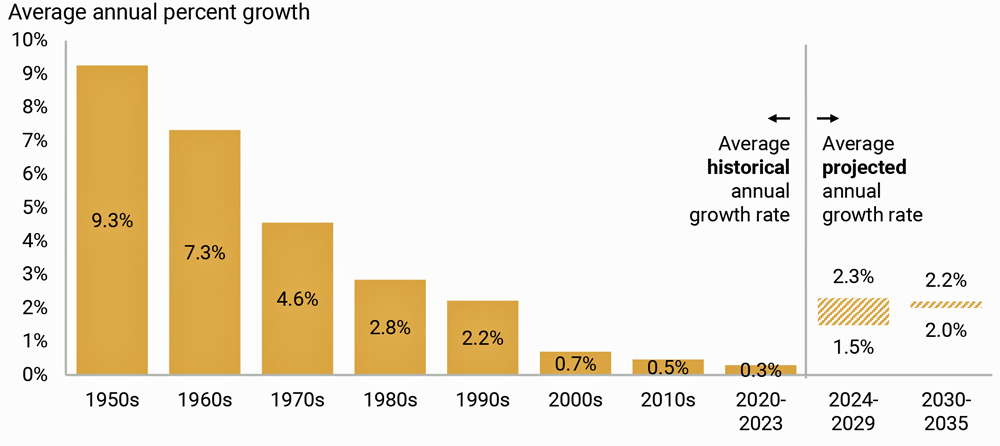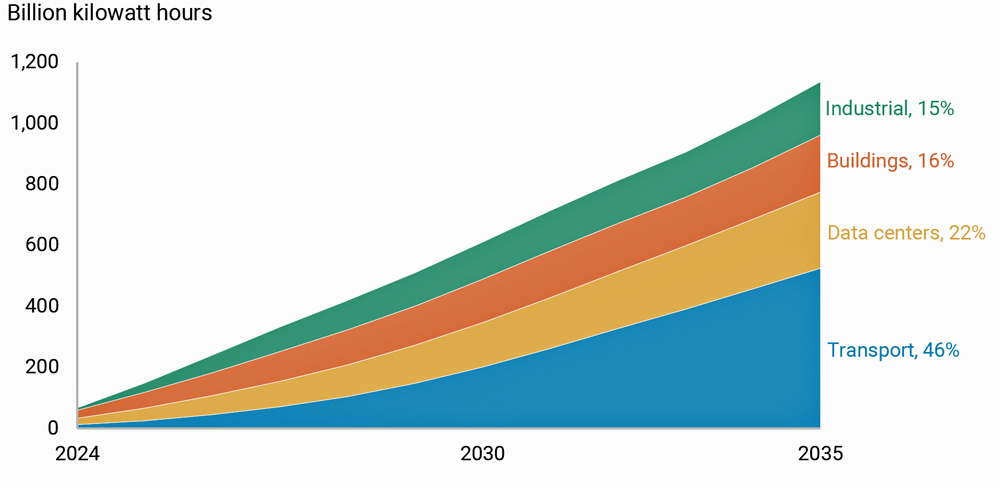The new “regional organization” (RO) envisioned by the West-Wide Governance Pathways Initiative might be based near CAISO’s headquarters in Folsom, Calif., according to a straw proposal from the initiative’s RO Formation and Governance Work Group.
The proposal was among a handful floated by the group during a July 25 public meeting to discuss the logistics of establishing and governing the RO, designed to assume independent authority over CAISO’s Western Energy Imbalance Market (WEIM) and Extended Day-Ahead Market (EDAM) under “Step 2” of the Pathways Initiative.
Another proposal would have the RO be incorporated as a 501(c)(3) nonprofit public benefit organization (like CAISO, ISO-NE and NYISO), rather than a 501(c)4 social welfare organization (MISO, ERCOT) or 501(c)6 mutual benefit nonprofit (SPP, Western Power Pool and Western Resource Adequacy Program). PJM stands alone among RTOs/ISOs in its status as a limited liability corporation.
Work group participant Lisa Tormoen Hickey, senior regulatory attorney at Interwest Energy Alliance and member of the Pathways Launch Committee, said the work group considered how each type of corporation could serve multiple state interests and various types of utilities, and support the potential for the RO to expand its service offerings in the future to include functions such a transmission planning.
“But we mostly looked at how they would operate, employing people and renting or owning real estate and other property as necessary to be organized and operate as a viable entity in — or serving — multiple states in the West,” Tormoen Hickey said.
The work group determined that a 501(c)(3) structure would provide advantages in supporting the RO’s efforts in fulfilling “public purpose,” while offering further nonprofit tax advantages by allowing the new organization to obtain tax-exempt financing, which reduces the costs of long-term financing and bonding.
Another proposal calls for the RO to be incorporated in Delaware because of the state’s “well-developed” body of corporate law and “experienced and knowledgeable” judges and the “ease” of dealing with its secretary of state.
“We can incorporate in any Western state, and most of them have adopted fairly standard nonprofit statutes, but they do have differences related to their amount of oversight and strict rules for formation of a board, whereas Delaware is quite flexible and considered to be a leader for corporate governance, both nonprofit and for-profit,” Tormoen Hickey said. She noted that incorporating in Delaware also could avoid the political controversy of incorporating in a Western state.
“I’m completely in agreement that the body of Delaware state laws is probably the most mature for formation, and it’s certainly been where most of the markets are incorporated, in terms of a legal precedent and body of laws standpoint,” said committee member Scott Miller, executive director of the Western Power Trading Forum.
Question of ‘Co-location’
But the work group could be courting controversy with its straw proposal to make Folsom the RO’s principal place of business, even as the Pathways Initiative seeks to create an entity that operates independently of CAISO and California oversight.
“Any Western state that we choose would present a question of perception of bias and control rather than independence of that state, and we considered all of that, but we consider that to be a limited actual risk,” Tormoen Hickey said.
In developing the proposal, she said, the group considered the RO’s “actual center of direction control and coordination” and the location of its most “significant volume” of operations. It also factored in the extent of interaction between the RO and CAISO and the potential for sharing employees between the two.
“The RO will have its own employees; we do not yet know whether they will be few or larger in number, depending on how Step 2 [of the Pathways Initiative] shapes up,” she said, referring to the outcome of the California legislation needed to release CAISO’s governance from state control.
“We do want the RO to rotate its physical presence around the West. We will recommend that it [hold] meetings physically in various states around the West because that will enable stakeholder engagement and a feeling of representation within each of those states,” Tormoen Hickey said.
“The reality is, given this step with the RO, and even if we go to [Step] 2.5, which envisions a slightly larger employment structure for the RO than [Step 2], the interaction with CAISO seems to suggest that co-locating in Folsom makes the most efficient sense, and particularly since we’re building an organization that’s a hybrid organization,” Miller said.
Launch Committee member Connor Reiten, vice president of government affairs at Portland-based PNGC Power, said the “perception” of the RO’s home base is going to be important in the Northwest, making it important for it reach out and engage in individual states.
“Putting this principal place of business wherever it makes the most sense from a legal perspective, from a recruiting perspective for the staff, all those elements, I think that’s most important to focus on,” said Connor Reiten, vice president of government affairs at PNGC Power.
“Ultimately, the issue of perception from our perspective is going to be making sure that when we are interacting with the RTO, we’re not feeling like we’re having to go to Folsom every single time there’s a board meeting or otherwise, and that these things are happening in the states that are affected by this market,” Reiten said.
Lynn Mostoller, executive director of New Mexico’s Renewable Energy Transmission Authority (RETA), cautioned the Pathways backers about using of the term “co-location” in its proposal.
That “pricked my ears because my board chair is particularly California-takeover-phobic in this whole process,” Mostoller said. Avoiding the term could minimize controversy about the move, she added.
“I assume there would be completely separate offices. It would just be in the city of Folsom, not a backroom in the CAISO offices,” Mostoller said.
‘Working’ Proposals
The work group also floated a series of “working” proposals, including:
An RO board consisting of seven members who “meet the knowledge and skills requirements” outlined in a board selection procedure. “When we looked at this, we were trying to balance making sure we had a large-enough board to ensure that we had adequate diversity — regionally, knowledge and experience to govern the market rules, but at the same time, not end up with a 20-person board or unmanageable number of board members,” said committee member Jim Shetler, general manager of the Balancing Authority of Northern California.
-
- No board seats to be reserved based on sector, knowledge or skill. “We think that the nominating committee and the board and their selection process should have the freedom to weigh what is the right person or right set of skills and knowledge needed a particular time,” Shetler said.
-
- A collaborative relationship between the RO and CAISO boards, with joint meetings to be held to consider issues of joint authority.
-
- Allowing the RO’s Formation Committee to deal with details related to the transition of responsibilities from the Western Energy Markets (WEM) Governing Body to the RO board.
More complete descriptions of all proposals can be found here and here.
The group also shared a timeline for establishing the RO, which includes:
-
- creating a Formation Committee by December 2024;
-
- developing a corporate structure, drafting a tariff and bylaws, and selecting a Nominating Committee and executive search firm to select board members between January and August 2025;
-
- signing of California legislation to alter CAISO governance by the end of the state’s 2025 legislative session, followed by a filing of tariff language with FERC and recruitment of the RO’s board and executive team; and
-
- filing incorporation documents, seating board and hiring staff in fall 2025.

